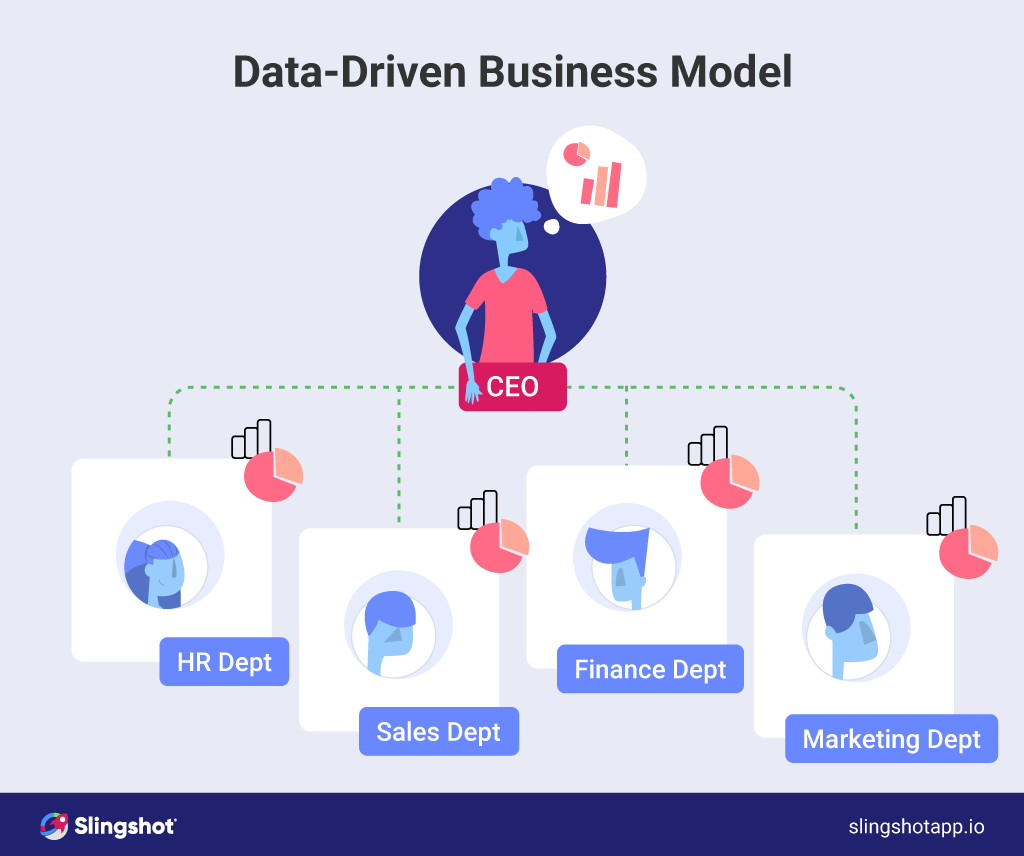
Newsroom
Discover the latest announcements, updates, and press coverage around Slingshot and stay informed on everything current.
Slingshot in the Press
Read the latest news around Slingshot, must-read pieces, interviews, feature updates, and insights on the benefits of an all-in-one digital workplace for various teams of all shapes and sizes.

2024 Digital Work Trends Report Finds Workers are Lost on How to Use AI
Slingshot has published Part 1 of its two-part 2024 Digital Work Trends Report. The second annual report highlights a gap between managerial expectations for AI in the workplace and how employees are actually using it in their daily tasks. While employers have integrated AI to assist with initial research for tasks and projects (62%), manage […]
New Slingshot Research: Employers Are Introducing AI—But 77% of Workers are Lost on How to Use It
Slingshot’s 2024 Digital Work Trends Report Reveals That Employees Haven’t Yet Unlocked The Full Potential of AI in the Workplace

77% of Workers Lost on How to Use AI
Cranbury-based Slingshot, the work management platform from software company Infragistics, has released Part 1 of its two-part 2024 Digital Work Trends Report. The second annual report reveals a disconnect between the managerial expectations of AI in the workplace and how employees are using AI in their day-to-day work.
Employers Are Introducing AI: 77% of Workers Lost on How to Use It
Slingshot’s 2024 Digital Work Trends Report Reveals Employees Haven’t Yet Unlocked The Full Potential of AI in the Workplace.

Cibao Meat Products Unlocks Data Insights 10x Faster with Slingshot
The 50+ year hispanic-styled meats company tapped the data-driven work management platform to bring data to the center of its multi-generational business

64% of Employees Waste Hours Due to Lack of Deadlines
Many professionals work without deadlines and are unsure of which tasks or projects to prioritize, according to new data. In part two of a digital work trends report by work management platform Slingshot, a majority of just over 300 full-time U.S.-based professionals said a lack of guidance from leaders impeded their time management skills.

Forget Frequent Check-ins in 2024, Employees Want Clear Priorities and Deadlines
Leaders frequently believe close supervision is necessary when work quality declines or deadlines are missed, yet employees often perceive excessive check-ins (45%) or redundant status meetings (43%) as micromanagement.

Digital Work Trends Report Findings Released by Slingshot
Despite the common practice of frequent check-ins by employers to monitor progress and enhance productivity, employees disclose that having clear priorities (42%) and established deadlines (30%) would contribute more significantly to their productivity.

Forget ‘Quiet Quitting’. In 2024 Employees Want Employers To ‘Quietly Manage’
Note from employee to employer: “It’s Not Me, It’s You.” This could be the cliff notes to Part 2 of the 2023 Digital Work Trends report by Slingshot in which 34% of employees say they have to guess their priorities at work.
Press Releases
Press Inquiries
For press inquiries, releases on updates, or interview submissions, please contact us.
Today, that means going data-driven. According to recent studies, data-driven companies are 23 times more likely to top their competitors and 19 times more likely to stay profitable. Establishing a culture where data stays at the center in every department or team and is used for decision-making seems to be the best strategic approach to drive more revenue and surpass goals.
And it’s not just a matter of opinion. All over the world companies choose data as a strategy to unlock opportunities, align their team and harness the power of analytics to revolutionize their brand.
So, let’s talk more about the data-driven model and the top examples of data-driven companies every organization can learn from.
What Is a Data-Driven Business Model
The data-driven business model is a term that describes the constant utilization of data to inform processes and decision-making in a company. This model entails systematically using data insights in every company department and is driven “from the top down”, meaning it starts at C-level and aligns every team in the organization around the same objectives, processes, approaches, and tools, all of which are centered around data.
Relying on the data-driven model offers several benefits, such as:
- It eliminates intuition as a primary informant for decisions, thus seriously limiting potential errors
- Finding a competitive advantage over other companies in your field
Using data as a resource to run educated experiments and drive better business outcomes

The data-driven business model can be noticed across many departments and teams and used in various ways, making processes fast and easy, reducing costs, and saving time. Implementing the data-driven model means being smart in you decisions from the top down, growing rapidly, and unleashing the power of your team smartly.
What Is a Data-Driven Organization
A data-driven organization follows a data-driven model of work – meaning, it puts data at the center of every decision. Such an organization makes it a priority to drive the business forward primarily through data, using the tools and processes to make it happen in every department and team. New ideas and opportunities are all driven through data – it’s a principle that applies to everything ,and most importantly – the end results..
Data-driven organizations invest in data – that is their prerogative and it’s due to the important realization that their future depends on it. In doing that, they achieve:
- Improved processes: data enhances processes and quickly solves potential issues by pinpointing them in time
- Higher customer satisfaction: data shows which areas to be improved in your customers journey, so you can achieve better results
- Finding new opportunities quickly and growing your company’s profits
- Easily finding new trends and thus topping your competition
- Improved team collaboration and better alignment that keeps the mistakes and delays at a minimum
Data-driven businesses use data analytics to foster transparency and trust while using data as a single source of truth. What happens for companies that choose to apply this principle? Keep reading to find out!




